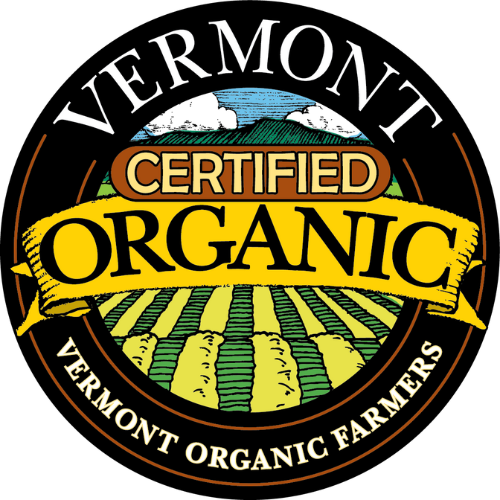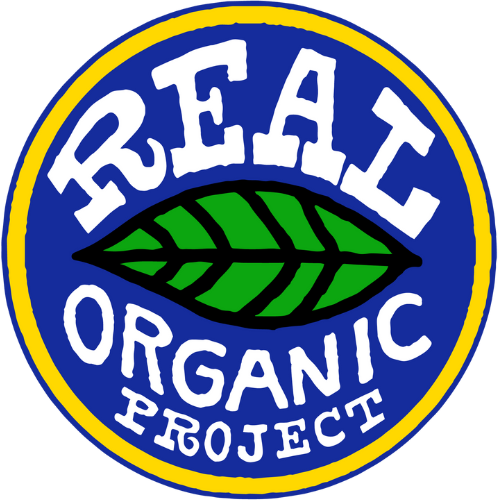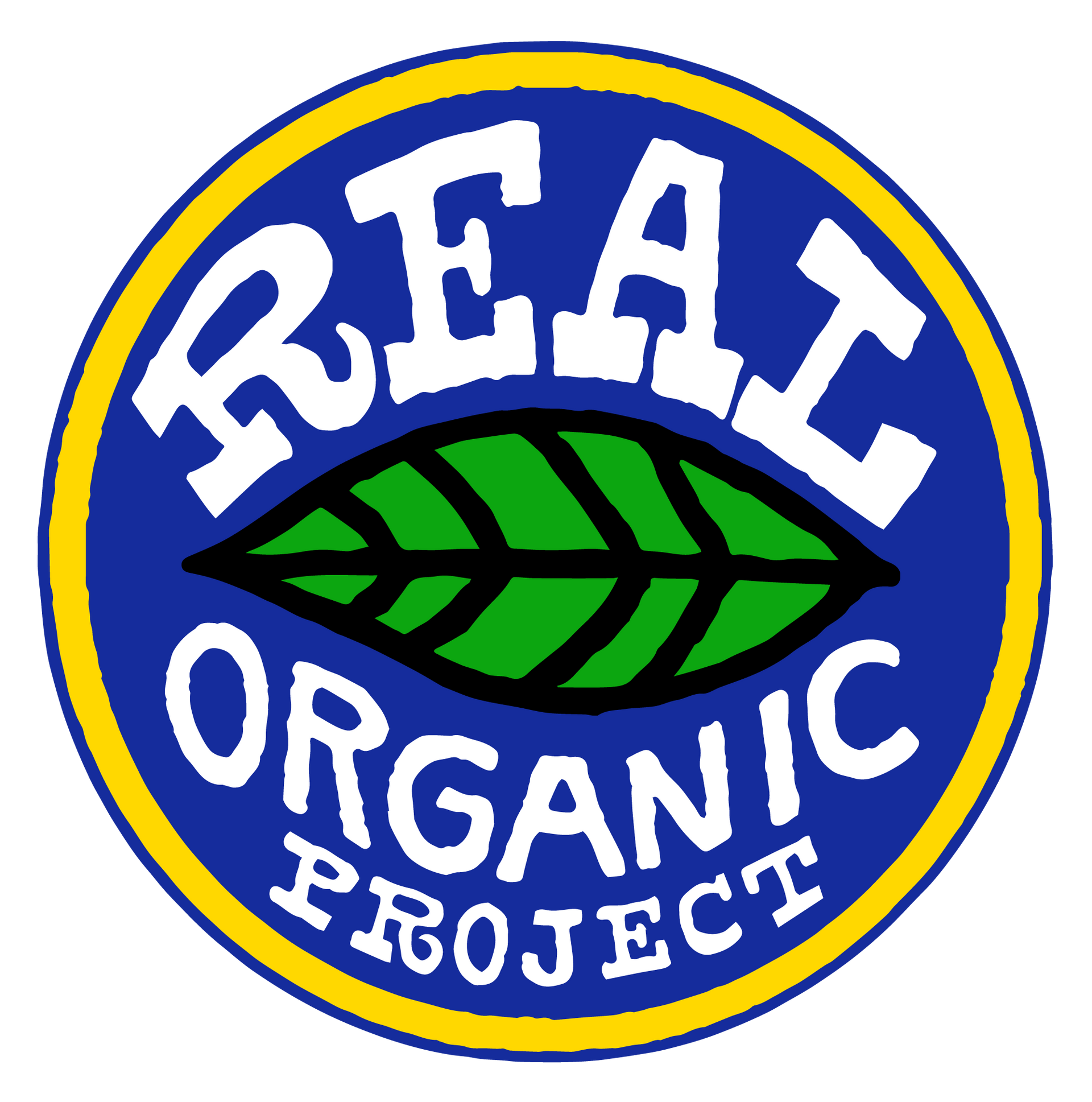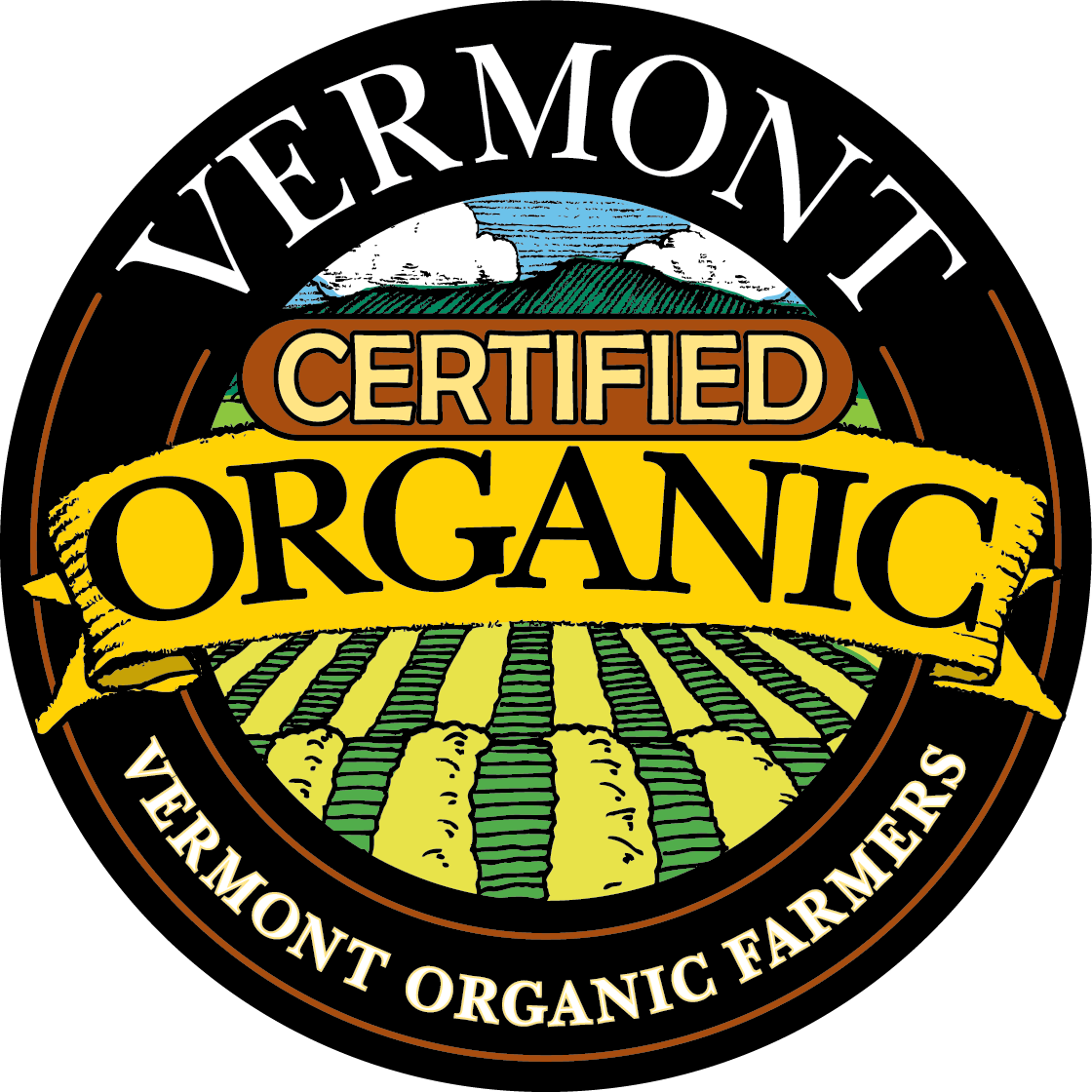Icelandic Sheep: Gourmet Lamb, Quality Lean Meat
Though famous throughout the world for wool production, the Icelandic breed is predominately grown for meat in Iceland. Since the cool and wet climate precludes the production of most grains in Iceland, the breed has been selected to bring the meat lambs to slaughter weight off of the summer and fall pastures.
In an environment where con-sumers are increasingly conscious of their health, food must be safe to eat, pure and nutritious. For these reasons, Icelandic lamb meat is becoming recognized throughout the world for its healthy nutritional value and unique taste.
The Icelandic sheep is a direct descendant of the sheep first brought to the island by the Viking settlers. It has not been crossbred by importing other breeds. The cold climate influences the composition of the plants the sheep graze on. The lambs also move freely through extensive wild pastures in pristine mountainous landscapes. This, and the young age at slaughter (4-5 months), gives the meat unique quality and properties. The average carcass weighs around 17 kg (37 lbs.). The muscle has a high proportion of Omega-3 fatty acids and iron, giving the meat its wild game flavour. The distinctive taste is a result of the wild pastures; the grass and the aromatic and spicy herbs on which the lambs graze. Some subtle differences have been noted between the flavour of meat from lambs grazing in the highlands, the lowlands, and by the seashore. The meat is very tender and has a fine texture due to its high amount of red muscle fibres, which is influenced both by the breed and its grazing habits.
- The lambs move freely
- Tender meat
- Fine texture
- High proportion of Omega-3 fatty acids
- Lambs are 4-5 months old at time of slaughter
Icelandics are very adaptable, and can be handled in a variety of management plans. Here in North America they thrive on grass-based farms where they are rarely fed grain, to dry-lot situations where they are fed daily, and all the management systems in between.
Market lambs will start to reach their ideal slaughter weights of 70-100 pounds at four to five months. With continued access to quality graze, the lambs can be slaughtered directly off the grass all through the fall months. This has positioned the Icelandic breed to fit well in the move towards grass-based farming, enabling “natural” and organic farmers to utilize the Icelandic breed. As meat consumers increasingly recognize the health benefits of grass fed meats, and as economic pressures drive our farmers toward grass-based businesses, the genetics of the Icelandic breed become increasingly valuable to our sheep industry.
The Icelandic breed is considered a mountain breed, and historically mountain breeds have been milder in flavor, and leaner than the lowland breeds. The meat is indeed very tender with a mild flavor, and is generally described as gourmet meat. With the leaner, European style carcass, and the mild flavor, Icelandic lamb can appeal to the palate of even those consumers who avow they "just don't like lamb." With the combination of the economic and market advantages of grass fed farming, and with the appeal of the delicious flavor, the Icelandic breed is a natural for direct-to-consumer marketing.
